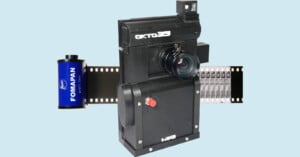
How I Made a 3D-Printed Film Movie Camera
A couple of years ago I have been occasionally shooting 35mm films with point-and-shoot still cameras while also having the desire to shoot motion picture films.

A couple of years ago I have been occasionally shooting 35mm films with point-and-shoot still cameras while also having the desire to shoot motion picture films.
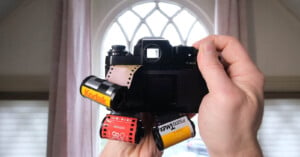
There are a lot of crazy ideas out there when it comes to experimental photography. Multiple exposures. Film Soups. Shooting your rolls backward. But have you ever heard of anybody loading two rolls of film into a camera at the same time? Me neither, and that’s exactly why I’m going to do it!
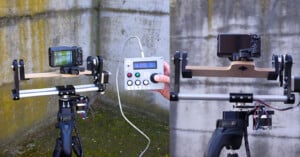
Italian builder Giovanni Aggiustatutto built a mechanized pan-tilt system to capture smooth, stable video without requiring hand movements. The build uses 3D-printed parts, wood, aluminum, and an Arduino Uno.
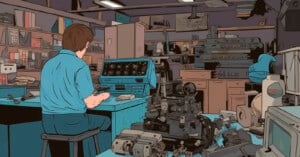
I had the Mamiya RB67 and Pentax 67 on my medium-format wanted list for many years now, but I simply could not justify the price tag or bear the unfortunate realization that either camera would sit lonely and unused on a shelf. That all changed in December 2022 when I decided to grab a non-working RB67 as a Christmas Present for my eldest brother.
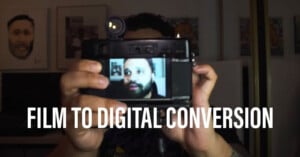
Photographer Malcolm Wilson recently converted a Yashica Electro 35mm film camera into a digital camera using a Raspberry Pi Zero 2W and Raspberry Pi HQ camera module. It's a fun twist on analog to digital conversions, and Wilson says his converted camera is one of his favorite cameras to use.
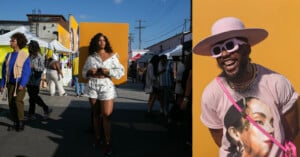
A photographer from the LA Times took a series of bold and beautiful portraits at Black Market Flea -- part of a wider project celebrating the city's Black community.
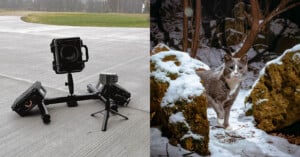
As a wildlife photographer, I'm always looking for ways to capture stunning images of animals in their natural habitats. One technique I've found to be incredibly effective is using a custom-made, DIY, DSLR camera trap, which is a camera setup that is triggered by the movement of an animal.
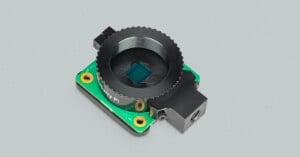
Raspberry Pi's new 1.6-megapixel Global Shutter Camera module promises instantaneous readout across the entire image area, eliminating rolling shutter distortion.

A photographer has built himself a DIY macro pad for Adobe Lightroom after not being able to afford a Loupedeck.
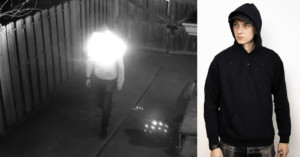
A DIY hoodie that thwarts surveillance cameras by blinding them with infrared light has been made available.
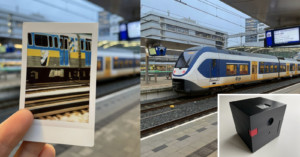
An artist has created a novel AI camera that describes what it sees to an AI image generator which then synthesizes the picture and instantly prints them out for the photographer.
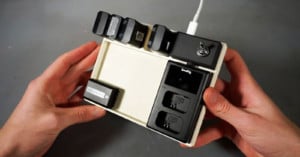
Belgium-based YouTuber and DIY enthusiast Handy Bear has created a simple organizing station that lets photographers easily manage charged and uncharged batteries.
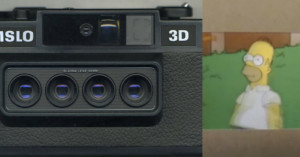
A photographer has perfected the process of creating real-life GIFs with images taken on 3D stereoscopic cameras that are then lenticular printed.
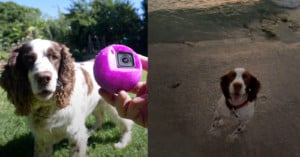
A man successfully turned his GoPro camera into a tennis ball to capture a POV shot of his dog Ollie catching it.

Photographer and e-paper fan Cameron Dowd has designed and produced a working Polaroid-like camera that records images on e-paper. As such, the "film" can be used over and over again.
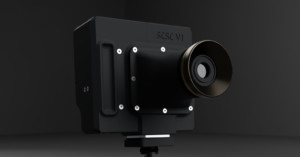
Last year, PetaPixel wrote about photographer Ryan Kojima who built a DIY medium format camera using the CCD sensor from an Epson flatbed scanner. The DIY scanner camera captures massive, detailed 514-megapixel photos. Kojima built his first scanner camera a decade ago, although he recently upgraded it to deliver even better performance.
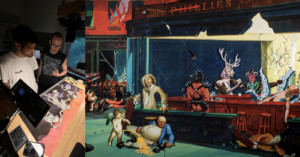
A photographer and filmmaker spent a year painstakingly handcrafting a stop-motion music video but then took just four days to make a second animated film for the same band using artificial intelligence (AI).
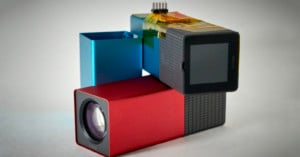
An industrious programmer managed to reverse-engineer the original Lytro light field camera firmware and opened it up to allow live streaming, full remote camera control, and custom code execution.
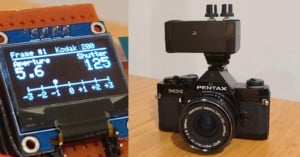
It is easy to see the camera settings for any picture taken on a digital camera or smartphone -- not so when taking photos on a film camera.
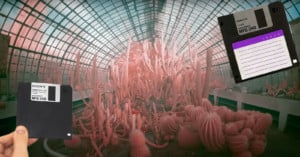
A photographer cut open a floppy disk to use the plastic inside as an infrared filter on his Sony a7 II mirrorless camera.
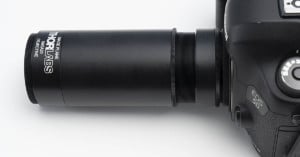
The Mitutoyo long working distance objectives are popular in macro photography, but often difficult to mount to a camera.
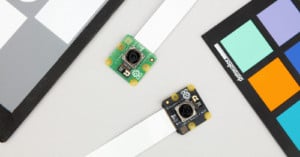
Raspberry Pi has announced the new Camera Module 3 in multiple variants that are higher resolution, feature autofocus and HDR, and that have the ability to capture both visible light and infrared.
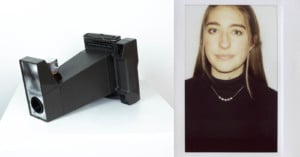
Released in 1971, the Polaroid Big Shot was a funky, green plastic camera that was built for one thing: portraits. The plastic behemoth is simply designed, using a fixed focus 200mm, single-element plastic meniscus lens.
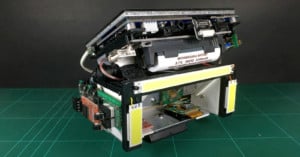
Australian photographer and avid DIY-er Jim Metcalfe recently decided to up his macro photography game by building his own stereoscopic macro camera to capture and create 3D images.
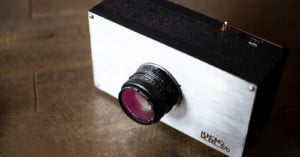
A photographer built a DIY medium format camera from an Epson flatbed scanner and shot a 514-megapixel picture with it.
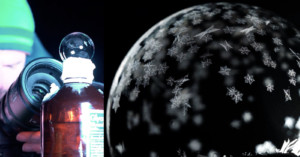
A photographer had to wait two years for the temperature to drop to well below freezing to capture spectacular macro shots of soap bubbles freezing.
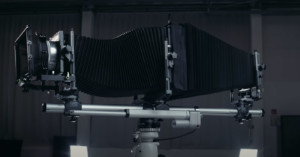
A team of photographers built a super fast f/0.3 29mm lens from a Leitz projector lens to shoot a beautiful short film.
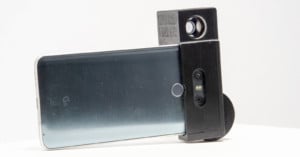
Since the advancements made with mirrorless camera systems and their digital viewfinders, cameras with optical viewfinders have become somewhat rare, with hybrid viewfinders being even harder to find. This is why Getschmann decided to dive into his physics and engineering background to build one from scratch for his smartphone camera.
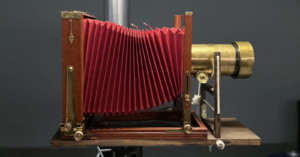
A photographer has renovated his 100-year-old 8x10 large format film camera after its original bellows began leaking light.
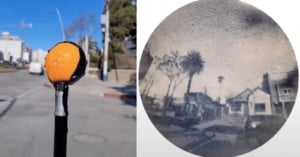
A viral TikTok video claiming that "oranges can take photos" proves that pinhole cameras can be made out of literally anything, including citrus fruit.